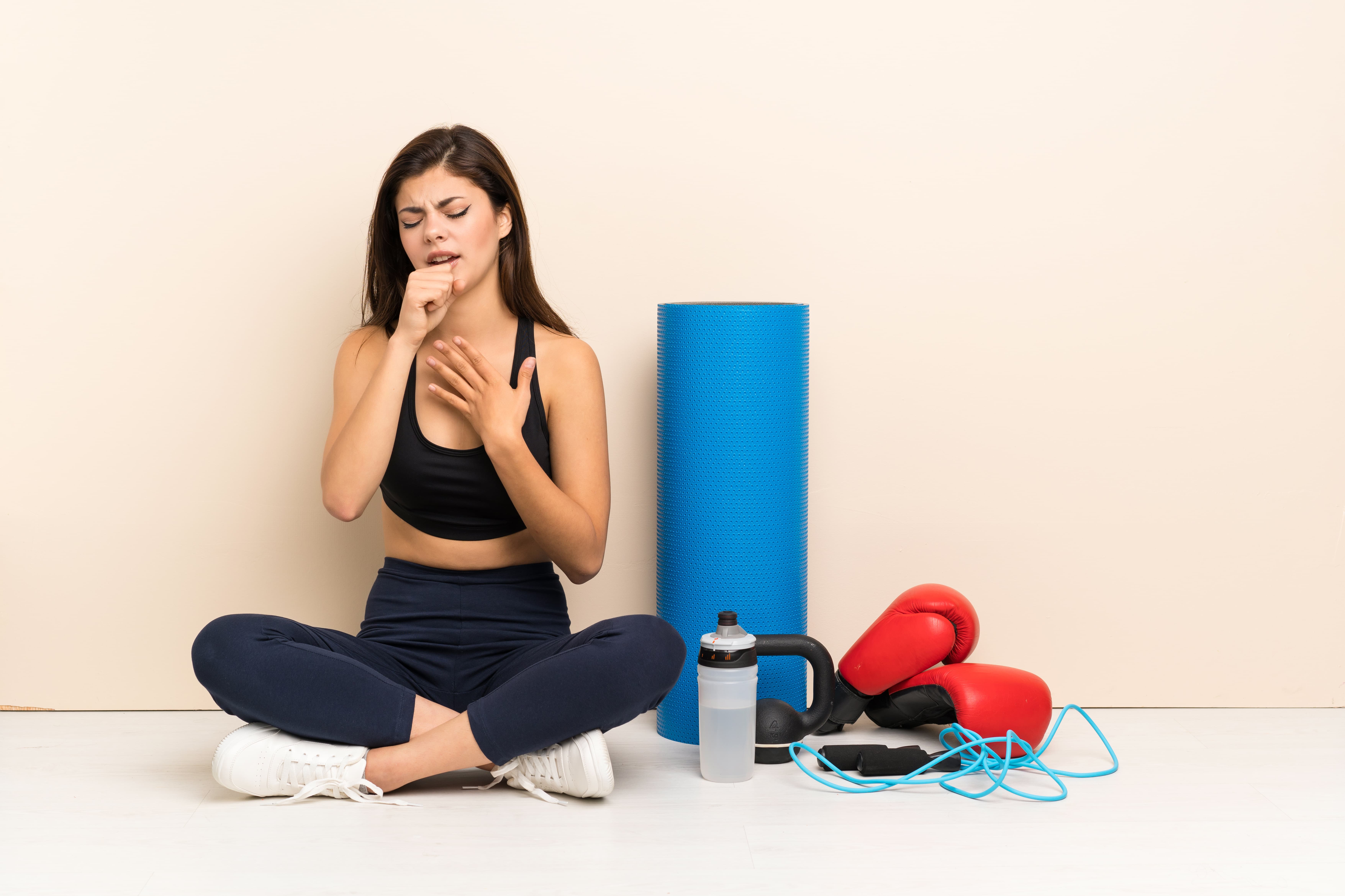The spring weather brings warmer temperatures, sunnier days, cherry blossom blooms, and greener pastures.
However, for many, it also signals the start of the dreaded hay fever season, making it difficult to enjoy outdoor activities.
What is hay fever?
Hay fever, or allergic rhinitis, occurs when the immune system overreacts to allergens like pollen, dust, or pet dander, causing inflammation in the nose. The symptoms, including itchy eyes, can be a significant source of discomfort for sufferers.
To combat hay fever symptoms, especially irritated eyes, there are several tips you can follow. Over-the-counter eye drops containing antihistamines can provide relief, as can antihistamine nasal sprays and tablets. If symptoms persist, consulting with a GP is advisable.
How to get rid of hay fever?
In addition to medications, there are practical steps to minimize exposure to allergens. Being aware of the pollen count, which is typically higher in the morning and evening, can help plan outdoor activities.
Changing clothes and washing regularly, especially hands and face, can prevent pollen from causing irritation.
Contact lens wearers may consider switching to daily lenses during hay fever season to ensure a pollen-free experience. Alternatively, proper cleaning and storage of monthly or bi-weekly lenses can eliminate accumulated pollen.
Wrap-around sunglasses, designed for UV protection, can provide an additional shield against airborne pollen during hay fever season, offering relief from itchy, sore, and irritated eyes.
For those seeking alternative solutions, an oxytocin nasal spray may also be explored as part of a comprehensive approach to managing hay fever symptoms, particularly if traditional methods prove ineffective.
Spring and summer can be challenging for hay fever sufferers, but by incorporating these tips, the discomfort associated with itchy eyes and other symptoms can be alleviated, allowing for a more enjoyable experience during this glorious time of year.





